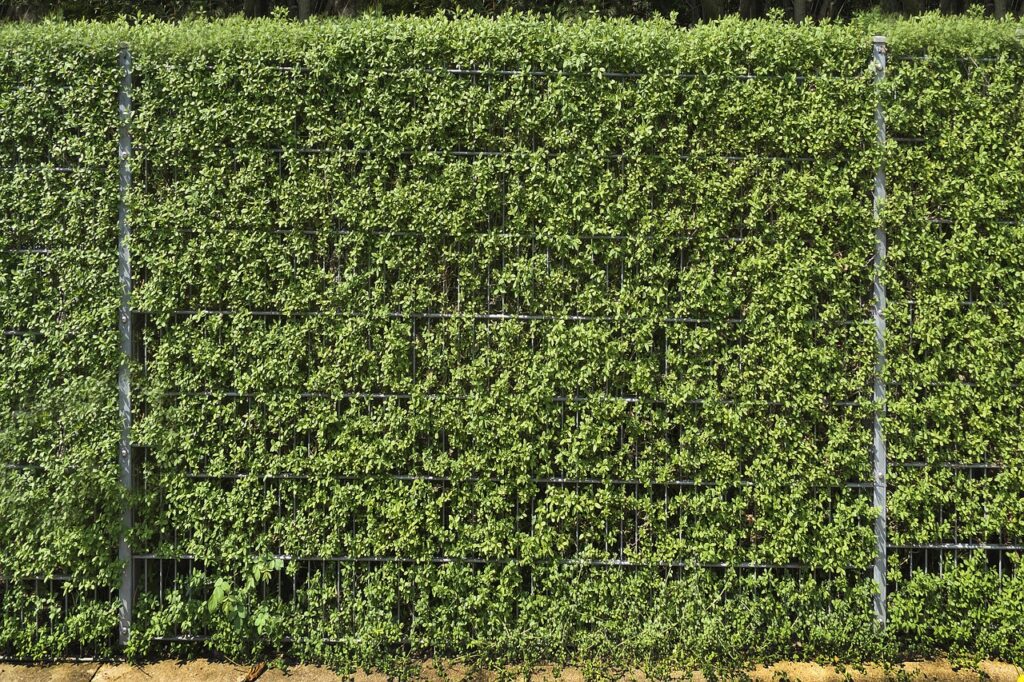Sometimes a plain wooden fence just doesn’t cut it. Maybe you want more privacy without the harsh look of boards, or maybe you’d rather have something that breathes, grows, and changes with the seasons. A living fence made from plants is a natural way to mark boundaries, block unwanted views, and add beauty to your yard—all while giving birds and pollinators a place to call home.
Step 1: Pick Your Purpose
Before choosing plants, think about what you want your fence to do.
-
Privacy: Dense, fast-growing shrubs or evergreens work best.
-
Decoration: Flowering vines or hedges add color and texture.
-
Windbreak: Taller, sturdy plants help shield your space from strong winds.
Step 2: Choose the Right Plants
Living fences aren’t one-size-fits-all. Your climate, soil, and sunlight matter. Here are some solid options:
-
Evergreens (like arborvitae or boxwood): Great for year-round privacy.
-
Flowering shrubs (like lilac or hibiscus): Give bursts of color and fragrance.
-
Vines (like clematis or jasmine): Perfect if you already have a trellis or wire to guide them.
-
Edible options (like blackberries or grapes): Fence and food in one.
Step 3: Plan the Layout
Mark the area where you want your fence. Space plants so they have room to grow into a solid barrier but not so far apart that gaps show up. A staggered double row works best for faster coverage.
Step 4: Plant and Care
-
Soil prep: Loosen the soil, add compost, and make sure drainage is decent.
-
Planting: Dig holes wide enough for the roots and plant at the same depth as they were in their pots.
-
Watering: Keep the soil moist until the plants are well established.
-
Trimming: Regular pruning shapes the fence and keeps it dense.
Step 5: Be Patient
Unlike a store-bought fence, a living one takes time to fill in. Depending on what you plant, it could take a season or a few years before you get that full green wall. But once it’s grown in, it’s low-maintenance and long-lasting.
Why Go Green?
A living fence does more than define your space. It cools your yard, improves air quality, and adds a little wild beauty that a standard fence can’t match. Plus, it’s usually cheaper than installing a traditional fence and far more rewarding to watch grow.
Bottom line: If you’ve got patience and a bit of space, you can turn your property line into a thriving green wall that’s alive, useful, and beautiful.

